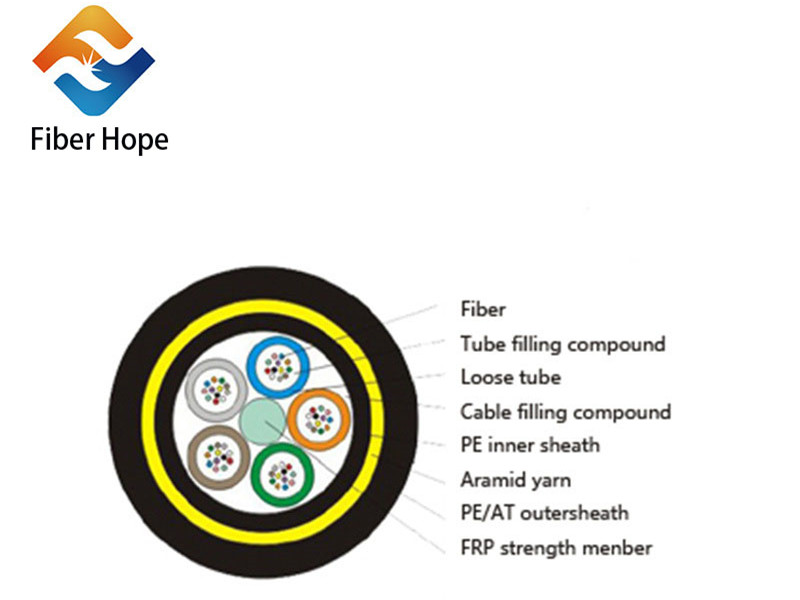Fiber Hope Optical Communication Tech Co.,Ltd.
E-mail:kevin@fh-fiber.com
Fiber Hope optical fiber communication expert & fiber optic cable manufacturer
E-mail:kevin@fh-fiber.com
Fiber Hope optical fiber communication expert & fiber optic cable manufacturer
1) Before laying the optical cable, the construction and related personnel should be properly trained on the matters that should be paid attention to in the construction, such as the essentials of laying out methods and safety, and ensure that the construction personnel obey the command.
2) Check whether the specific direction of optical cable routing, laying method, environmental conditions and specific locations of joints conform to the design of the construction drawings.
3) Check the ground distance and the length of the hop.
4) Verify the specific location and treatment measures of the section where protective measures need to be taken for the optical cable to pass through obstacles.
5) Verify the location, location and quantity of optical cable protection such as cable trenches, sills, slope protection, and blockages.
6) The minimum distance between the optical cable and other facilities, trees, buildings and underground pipelines must meet the acceptance technical standards.
7) The routing direction, laying position and connection point of the optical cable should be safe and reliable, and convenient for construction and maintenance.
8) Before excavating the cable trench, the construction unit should lay out the gray line along the route according to the approved construction drawing design. The gray line in the straight section should be straight, and there should be no serpentine bend or disjoint phenomenon.
9) The attempt to directly bury the optical cable shall be excavated according to the standard requirements.
10) Where trenches cannot be dug, pipelines can be laid overhead or drilled in advance.
11) Due to the heavy weight of the climbing direct buried optical cable and the complex layout terrain, the construction is more difficult and requires more labor, and sufficient personnel should be equipped
12) The bottom of the ditch should be gentle and firm, and if necessary, a part of sand, cement or supports can be pre-filled.
13) When laying optical cables, engineering and technical personnel should be equipped with necessary communication equipment, such as walkie-talkie speakers.
14) The bending radius of the optical cable should be less than 15 times the outer diameter of the optical cable, and should not be less than 20 times during the construction process.

15) Manual or mechanical traction can be used during laying, but attention should be paid to guiding and lubricating.
16) During mechanical traction, the progress adjustment range should be 3~15m/min, the adjustment method should be stepless speed regulation, and it has the function of automatic stop. During traction, centralized traction, intermediate auxiliary traction, and scattered traction should be selected according to factors such as traction length, terrain conditions, and traction tension.
17) After the optical cable is laid, the end of the optical cable should be treated with dense moisture-proof treatment and must not be immersed in water.
18) After the laying is completed, the soil should be covered and compacted as soon as possible.
Fiber hope fiber optic cable and patch cord manufacturers can provide high-quality fiber optic cables,
fiber pigtails, fiber patch cords, single-mode multi-mode fiber, welcome to inquiry!
copyright©2025 FIBER HOPE OPTICAL COMMUNICATION TECH CO。,LTD。| All Rights Reserved
Hello, please leave your name and email here before chat online so that we won't miss your message and contact you smoothly.